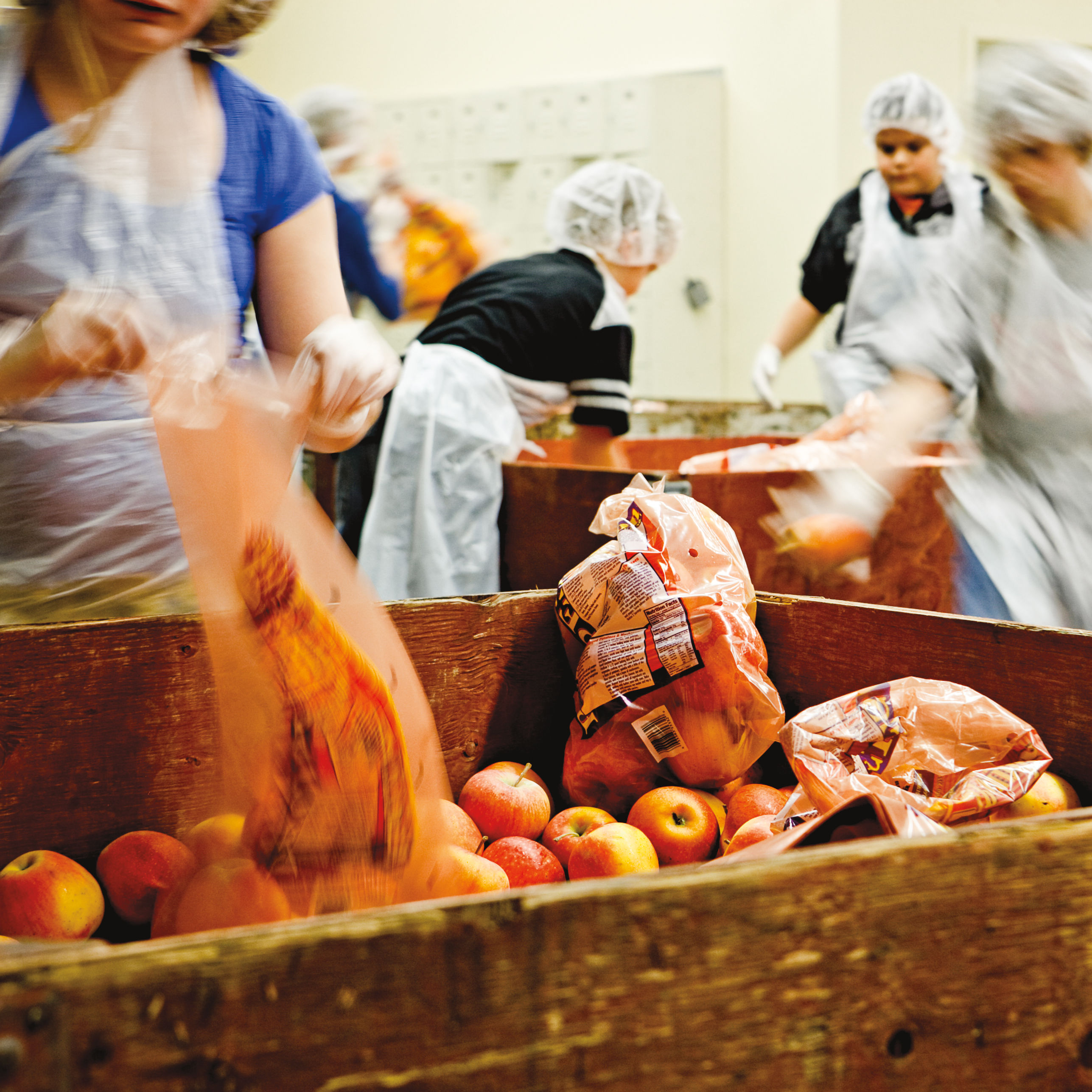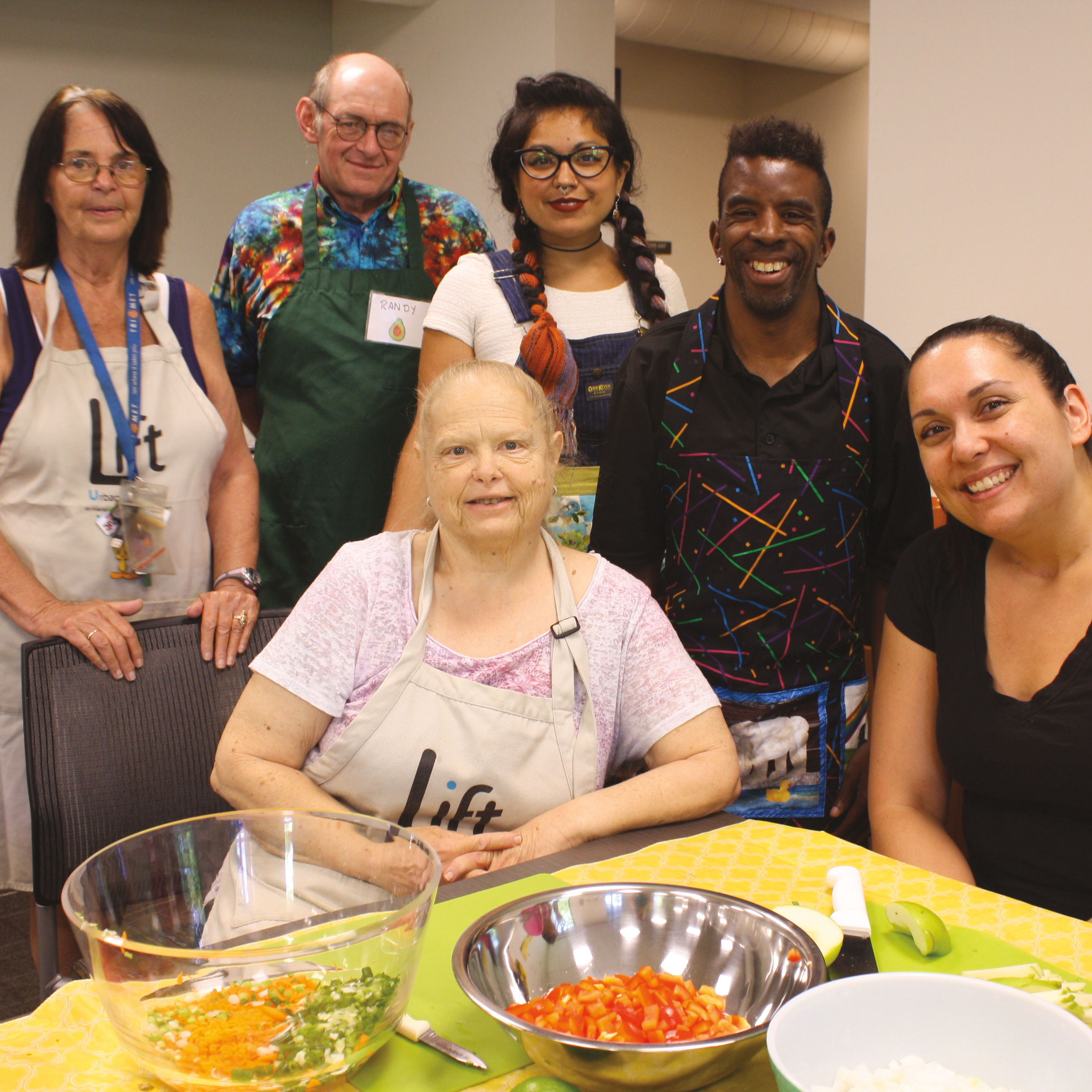Partners for a Hunger-Free Oregon Puts Food Insecurity on the State Agenda

It’s 1989, and Oregon has the worst hunger rates in the country. A new task force tackles the crisis, but by the ’00s the state is back at no. 1. “We needed a way to carry out ideas and projects,” says Annie Kirschner, executive director of Partners for a Hunger-Free Oregon. “So our nonprofit was created to engage the public in the issue, raise awareness, and work in communities to carry out some of these solutions. That’s our birth story.”
Much of the organization’s work involves helping people access existing nutritional assistance programs such as food stamps and school meals, and pushing to make that assistance available in places where it doesn’t already exist. But then there’s the advocacy side: The organization monitors how aid programs are working, then advocates for improvements and innovations at the state or the federal level.
“We’re helping, say, a school tell more kids about breakfast and serve more kids, but in the course of doing that we are learning about the barriers that parents have, and the school has,” says Kirschner. That’s the information they take to the halls of power to look for change. “Where it works best is when we’re listening at the community level, then lifting those issues up and helping lawmakers prioritize them,” she says.
The organization’s 10 staff members also run a leadership training program to help people with personal experience of hunger play a role in shaping policy. Says Kirschner: “We’re trying to find all the ways we can where people can bring their voices.”
What you can do: Donate, volunteer, or add your voice to legislative campaigns at oregonhunger.org/takeaction.










